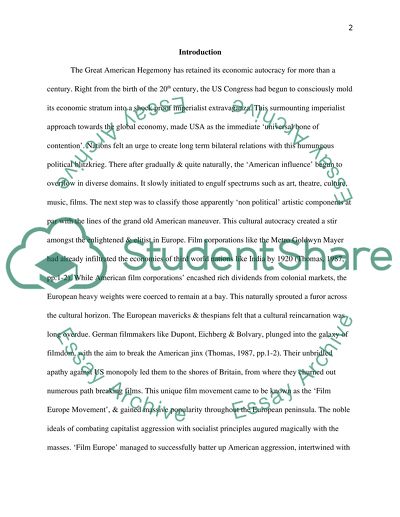Cite this document
(“The Aesthetic as well as Economic Characteristics of the 'Film Europe Essay”, n.d.)
Retrieved from https://studentshare.org/visual-arts-film-studies/1430631-discuss-the-aesthetic-as-well-as-economic
Retrieved from https://studentshare.org/visual-arts-film-studies/1430631-discuss-the-aesthetic-as-well-as-economic
(The Aesthetic As Well As Economic Characteristics of the 'Film Europe Essay)
https://studentshare.org/visual-arts-film-studies/1430631-discuss-the-aesthetic-as-well-as-economic.
https://studentshare.org/visual-arts-film-studies/1430631-discuss-the-aesthetic-as-well-as-economic.
“The Aesthetic As Well As Economic Characteristics of the 'Film Europe Essay”, n.d. https://studentshare.org/visual-arts-film-studies/1430631-discuss-the-aesthetic-as-well-as-economic.


